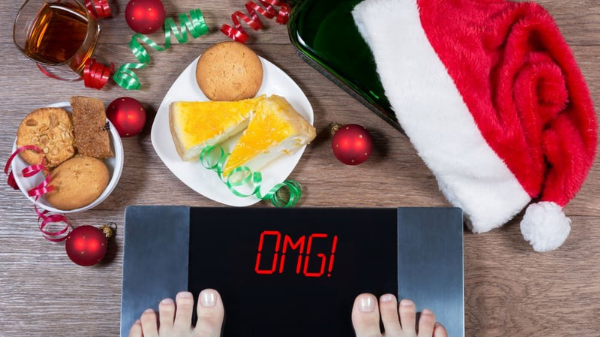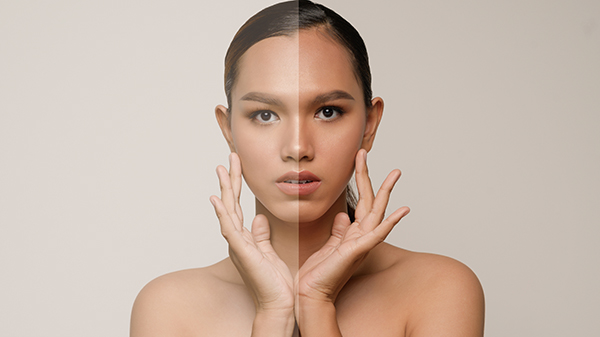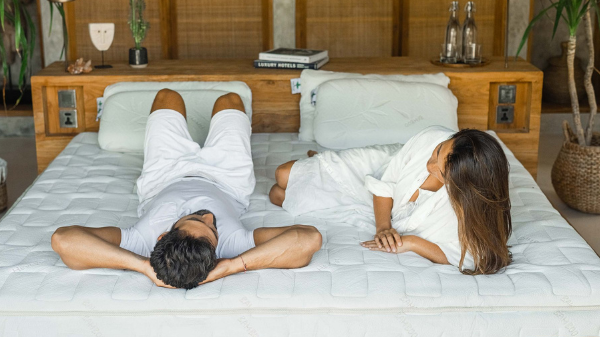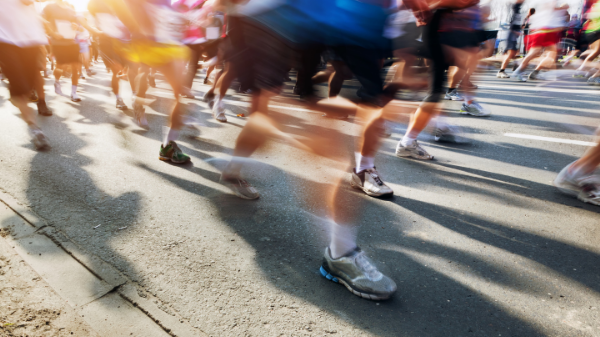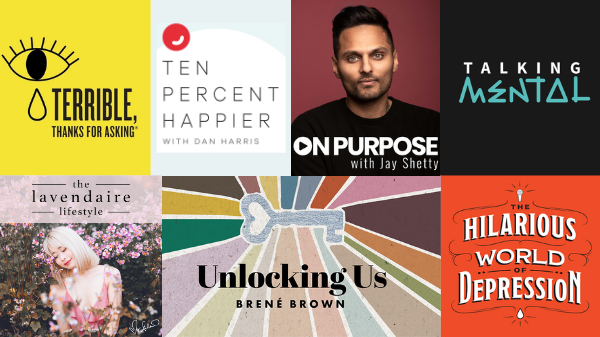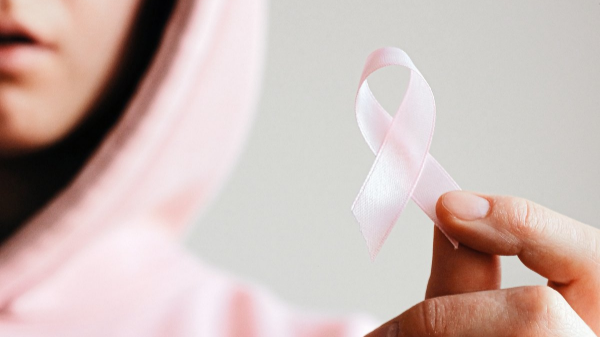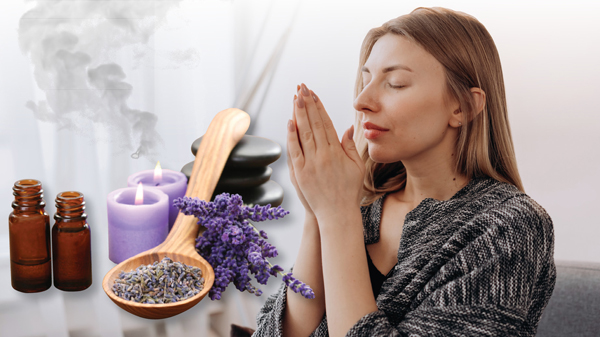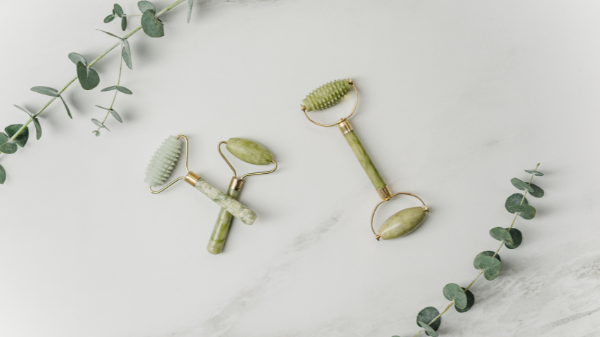Warnings about impending weight gain over the holidays are as prevalent as eggnog, chocolates and Christmas cake. It’s true that tucking into a 6,000 kcal feast is not the best course for your overall health, yet an extra slice of dessert does not have to mean the death certificate for your annual nutritional goals.
But no-one should feel miserable about the heavier meals and parties that December brings. So pass the roast and let’s discuss navigating any growing anxiety about the holiday spread.
The Truth about Christmas and Weight Gain
Although the festive season might cause for some weight gain scares. While headlines scream 1-4kg in weight gain, these figures, although undeniably scary, are dubious. Still, the approach to commence crash dieting is most prevalent around the holiday season; and though it might help you drop dress sizes, the results are short-lived, and can negatively impact your body and mind.
The drastic reduction of calories slows down metabolic rate and burns calories slower, and breaks down muscle, is damaging for hair and skin quality, and most importantly weakens your immune system. Besides, crash dieting hinders the body’s ability to absorb healthy fats which are integral for the complete absorption of vitamins A, D, E and K by your body. You don’t need an expert to tell you that this doesn’t sound like an ideal solution to your overall health.
So, are a few indulgent meals going to resign you to a life of ill health and bloating, or avoiding holiday weight gain is as impossible as Santa slipping down a billion chimneys on Christmas Eve? The answer is not all black or white.
A decade long independent clinical analysis on more than 120,000 healthy Americans carried out by the National Institutes of Health, found that a highly processed, junk food-heavy diet caused an average weight gain of three pounds in over four-year periods – clearly, fostering a balanced lifestyle for 364 days a year is more important than obsessing over one holiday that calls for a grand celebration.
Seasonal Variations in Weight Are Normal

Our bodies have a remarkable ability to maintain a steady weight, or a set point weight, over the long term. A study published in the European Journal of Clinical Nutrition found that on average our weight fluctuates only 0.5kg throughout the year. It peaks in winter, due to the side-lining of a healthy lifestyle, but bounces back to normal.
80/20 Approach

Eating fresh, natural foods, and shunning a high-sugar, high-salt, ultra-processed diet will provide long-term benefits for your health and your figure. Yet, it would be rather Scrooge-like to renounce all treats in December. Nutritionists recommend intuitive eating instead, which means careful selection of nibbles and an understanding of moderation and hunger cues.
The 80/20 rule diet weighs in here: eat ‘clean’ 80-percent of the time and allow yourself to indulge more freely during the other 20-percent. The knowledge that 100-percent compliance is not required is enough for most of us to stick to a balanced, healthy eating plan in the long term.
Also Read: Top 7 mental health and well-being podcasts of 2021
Pick Your Poison Wisely
We know that alcohol is empty calories, similar to candy and soda, when mixed with syrups and juices it packs a heavy amount of carbohydrates, but now research has found it also slows the body’s fat-burning ability by nearly 30-percent. That doesn’t mean you have to quit cold turkey or deny yourself social situations because you’re obsessed about your weight and health.
The World Health Organisation recommends a maximum of two drinks per day in the festive week – anything over that amounts to binge drinking. A glass of beer can have 140 to 200 kcal, while a large whisky neat has 70 to 90 kcal, but once you top that with mixers or make a decadent cocktail, it will probably pack in more calories than a beer. Only Vodka Soda is a great option for the calorie-conscious drinker. It’s Hong Kong’s first zero sugar, zero carbs and premium vodka soda and comes in a can— no affiliation but perfect for those who want their tipples but not the carbs.
Break a Sweat

While sticking to an exercise routine is challenging during the busy days of December, workouts don’t have to be overly long or more strenuous to get results. An extra 30-minutes could help counteract last night’s office dinner.
If you’re pressed for time amid an influx of people and parties, split your session into short, doable bouts. Any extra steps you can get in are also better than slumping on the sofa. Keeping the load on your feet, and unnecessary worry about fleeting seasonal weight gain from your mind, results in a healthy body.
(Text: Nikita Mishra)
Also Read: Beauty Airbrushing – How photo filters are denting our confidence



